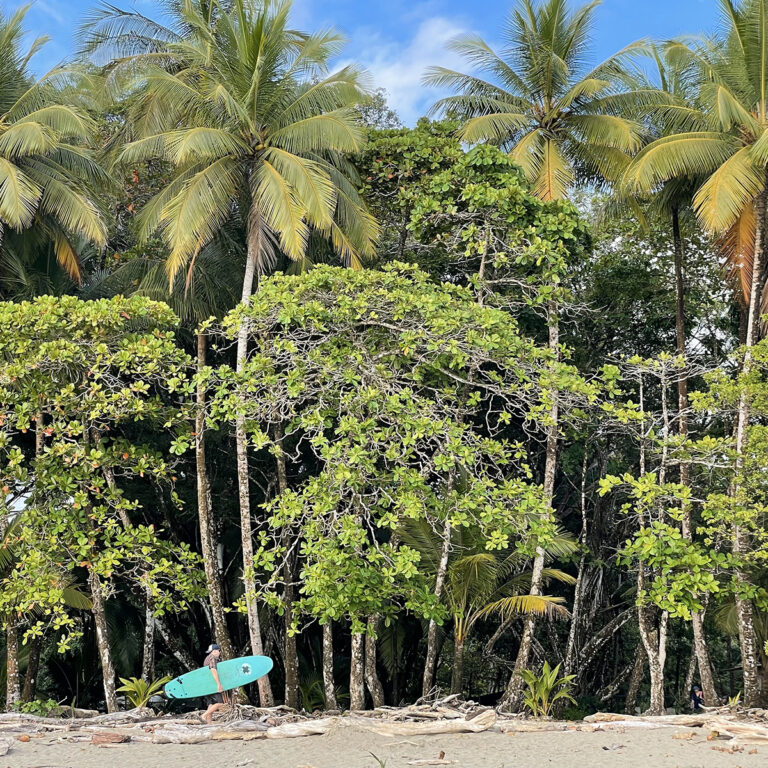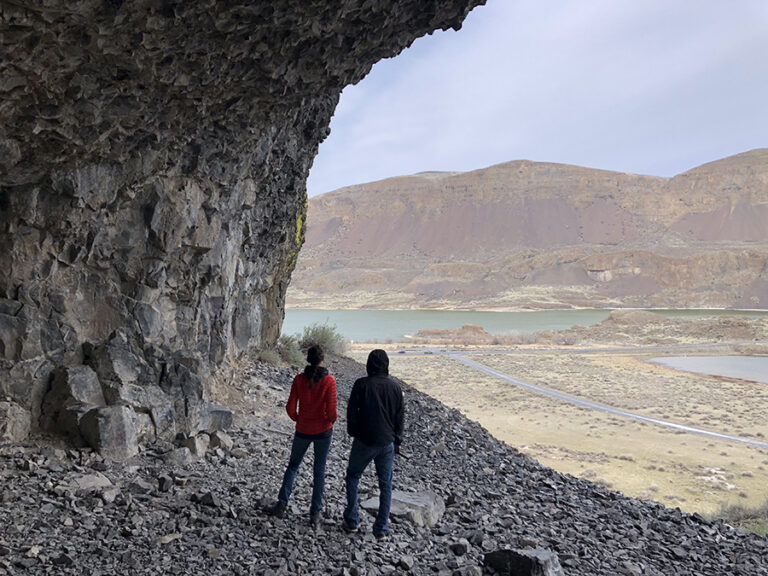Busy as a beaver is not just a quaint phrase. These rodents can transform a landscape in a matter of days, creating fastidiously managed dams, intricate lodges and food caches with underwater entrances. They can flood out large areas, making ponds that allow them to access more of their preferred trees. These activities have a lot of impact on the landscape—many of those are ecological benefits, while some conflict with the built world.
Beavers were once one of the most prolific rodents in North America. They were trapped to near extinction in the 1800s to support the fur trade and were one of the main drivers of colonial expansion into what would become the western U.S. The landscape has since changed dramatically with the construction of roads along rivers, agriculture in floodplains, and waterfront property.
Yet studies demonstrate the ecological benefits of beavers and their engineering. Beaver dams create large areas of surface water, slowing stream flow, which allows more water to soak into the ground, increasing storage and allowing water to flow back into the stream later in the season. These dams retain sediments, preventing pollutants from entering lakes and larger river systems too. The wood beavers add to stream systems also provides important habitat for salmon and trout species, creates slow water pockets, and has been shown to increase spawning habitat. These wetlands also foster habitat for amphibians and waterfowl.
California recently passed legislation to recognize the ecological benefit of beavers. The bill acknowledges that beavers foster biodiversity, restore habitat and build wildfire-resilient landscapes. The bill is also designed to mitigate conflict. It supports relocation efforts and requires lethal removal, when necessary, to be done in a humane manner.
There is also a bill before the Oregon governor that would shift beaver management from agriculture management to the Oregon Department of Fish and Wildlife (ODFW). In the Beaver State legislation, the animals would be reclassified from predator animals to furbearer on private lands similar to their status on public lands. A permit would be required before killing a beaver, and it would foster communication with ODFW staff about coexistence measures. This would better inform management and provide data on beaver removal.
Currently in Washington, landowners have three options to deal with nuisance beavers. They can hire a permitted Wildlife Control Operator to lethally remove the beaver, have a licensed trapper harvest beavers during the trapping season, or they can have a permitted relocation specialist move the beaver to suitable habitat. This is a Washington Department of Fish and Wildlife (WDFW) pilot program to relocate conflict beavers, but it will soon become a permanent program. Relocators must complete training, have a husbandry facility, submit a relocation plan, and monitor post-release.
Recently, a WDFW biologist presented a white paper to the Washington Fish and Wildlife Commission on the ecological benefit of beavers. This action is to foster conversation and action on how to continue to increase the ecological benefits of beavers in the state.
Many Northwest conservation organizations working with beaver, such as The Methow Beaver Project and The Lands Council (my employer), are focusing on coexistence efforts. These are actions such as tree wrapping, flexible pond levers, or culvert fencing. These techniques are employed to reduce the conflicts that beavers can cause landowners and allow beavers to stay in habitats that already support them.
Some of the most recent research is showing that beaver habitat can act as wildfire breaks on public lands, creating wet refuges for wildlife and redirecting fires. There is limited data on how many beavers are out there, but we do know that there are many places, particularly on our public lands, that could use the benefits of beavers on the landscape. //
Adam is seeking out golden larch patches while getting out for fall mountain biking. He will also be poking around the woods looking to put some venison in his freezer.












